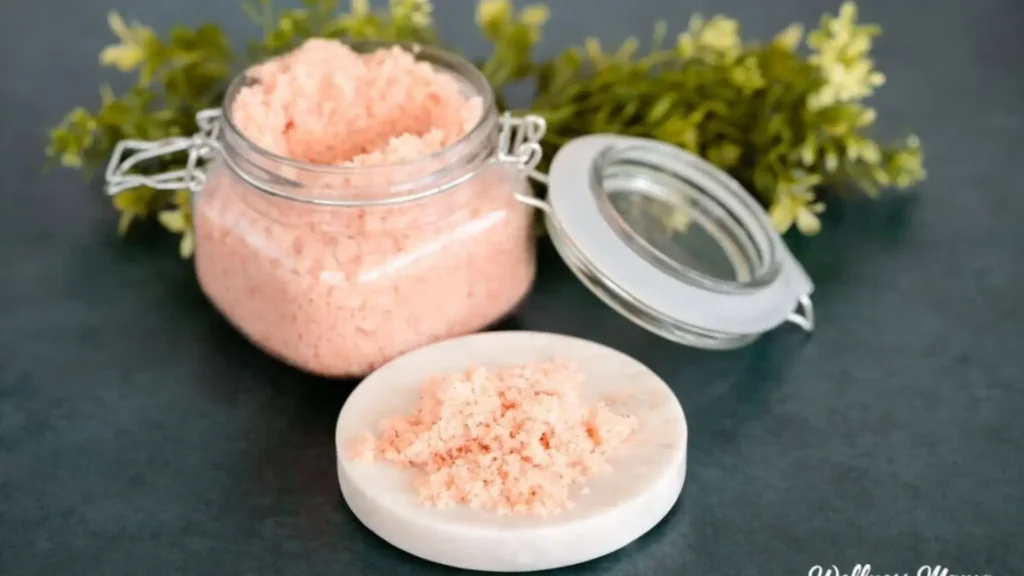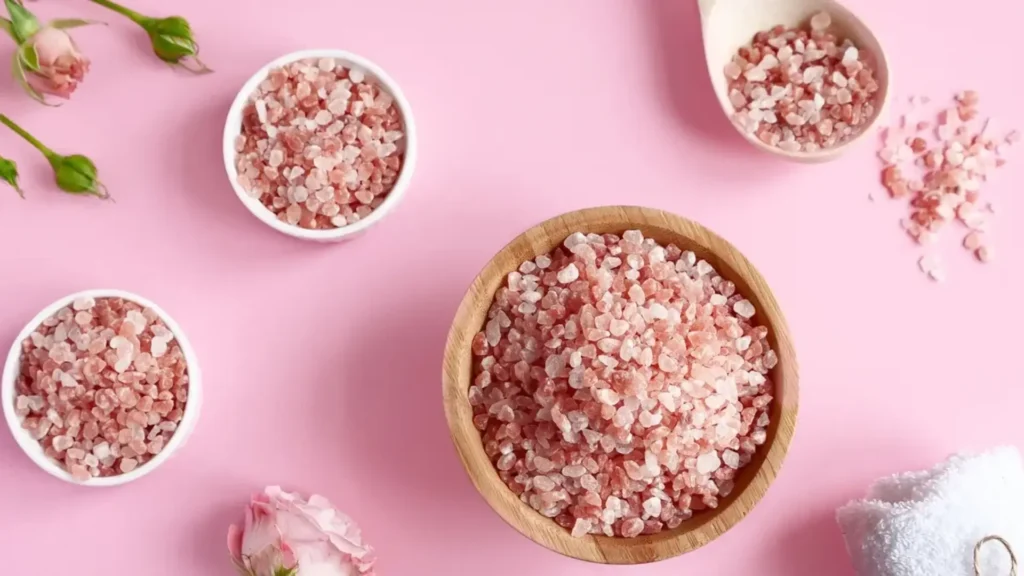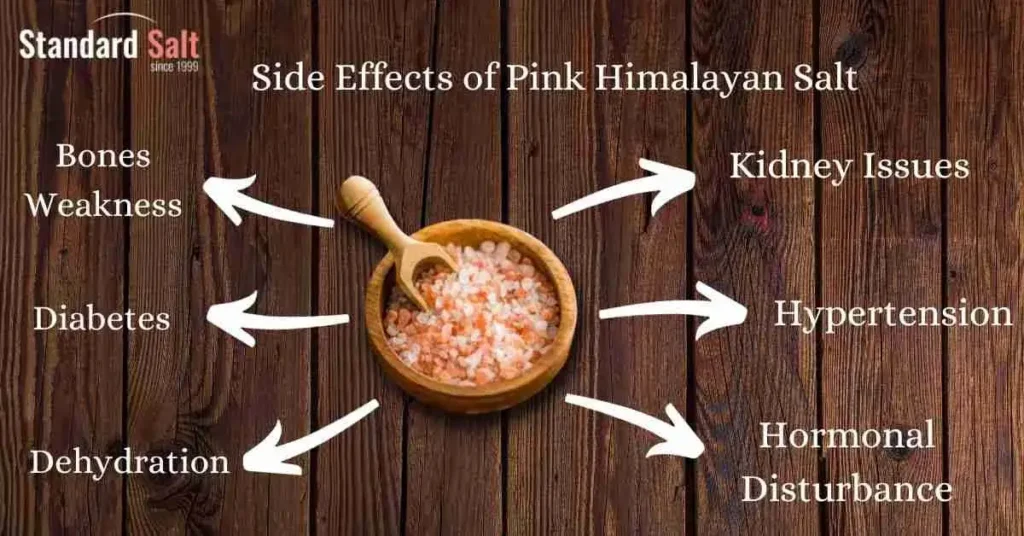How To Spot Fake Himalayan Salts
How To Spot Fake Himalayan Salts Your Ultimate Guide To Ensuring Authenticity Did you know that not all pink salts labeled as Himalayan are authentic? The market is flooded with counterfeits that lack the essential minerals and health benefits of genuine Himalayan salt. Understanding how to distinguish real from fake can not only save your health but also your money. In this guide, we’ll uncover the secrets to identifying true Himalayan salt, from its unique characteristics to tell-tale signs of imitation products. Table of Contents Why Authentic Himalayan Salt Matters The True Benefits Over Fakes Authentic Himalayan salt, mined from the ancient sea beds of the Punjab region in Pakistan, is renowned for its pink hue and mineral-rich content. Unlike common table salt, Himalayan salt contains 84 trace minerals such as potassium, magnesium, and calcium, which contribute to its unique flavor and health benefits. In contrast, fake Himalayan salt is often chemically treated and lacks these essential nutrients. Consuming fake salt could not only be less beneficial but also potentially harmful due to added contaminants. Mineral Content: Authentic Himalayan salt contains a natural balance of minerals that promote better hydration and electrolyte balance in the body. Health Benefits: Real Himalayan salt supports respiratory health, regulates blood sugar levels, and can even improve sleep patterns. Culinary Uses: True Himalayan salt enhances the flavor of food and is preferred by chefs worldwide for its distinctive taste and texture. The Origin of Himalayan Salt A Deep Dive into Its History and Authenticity Himalayan salt is mined from the Khewra Salt Mine in the Punjab region of Pakistan, the second-largest salt mine in the world. Its formation dates back over 250 million years, making it one of the purest salts available. The salt is extracted by hand to maintain its purity, and each crystal is believed to contain remnants of the primal sea. Historical Significance: Known as “white gold” in ancient times, Himalayan salt was a valuable trade commodity. Understanding its historical importance helps in appreciating its authenticity. Extraction Process: The traditional methods used in mining Himalayan salt ensure it remains free from modern pollutants, maintaining its natural integrity. Read More: Importing Himalayan Salt From Pakistan Your Ultimate Guide Identifying Real Himalayan Salt Key Characteristics to Look For To differentiate between genuine and fake Himalayan salt, there are specific characteristics to examine. Here’s what to look for: Color and Texture: Authentic Himalayan salt ranges in color from off-white to deep pink. If the salt appears uniformly pink or unnaturally vibrant, it might be a sign of artificial coloring. Taste and Solubility: Real Himalayan salt has a subtle, clean taste, slightly less salty than table salt. It dissolves easily in water without leaving any residue. Counterfeits may taste bitter or have a chemical aftertaste. Packaging and Origin Labels: Always check the packaging for a clear indication of its origin. Genuine Himalayan salt should state it’s from Pakistan and include a certificate of authenticity. you can also read this guide Himalayan Salt vs Pickling Salt Key Differences Explained Spotting Fake Himalayan Salt Lamps What You Need to Know Himalayan salt lamps have gained popularity for their supposed air-purifying properties and ambient glow. However, fake lamps are abundant in the market. Here’s how to spot a real one: Color and Light: Real Himalayan salt lamps emit a warm, soft glow and are usually not bright enough to light up an entire room. If a lamp is brightly colored or emits a glaring light, it’s likely a fake. Durability: Authentic lamps are fragile and prone to chipping if dropped. If a lamp is remarkably sturdy, it could be made from synthetic materials. Hygroscopic Nature: Real Himalayan salt is hygroscopic, meaning it absorbs moisture. If your lamp does not sweat or shows no signs of absorbing moisture, it may not be authentic. Common Myths and Misconceptions About Himalayan Salt There are numerous myths surrounding Himalayan salt, often perpetuated by marketers of fake products. Let’s debunk some of the most common misconceptions: Myth 1: All Pink Salt Is Himalayan Salt: Not all pink salts come from the Himalayan region. Some are sourced from other parts of the world and lack the mineral richness of authentic Himalayan salt. Myth 2: Himalayan Salt Can Be White or Clear: Authentic Himalayan salt is typically pink due to its mineral content. Clear or white “Himalayan” salt might be chemically processed or entirely fake. Myth 3: Fake Himalayan Salt Is Harmless: Fake salt can contain harmful additives or lack the natural minerals that provide health benefits. Choosing real Himalayan salt is essential for both taste and well-being. Read More: Benefits Of Himalayan Salt Diffusers You Never Heard Before Tips for Buying Authentic Himalayan Salt and Lamps When purchasing Himalayan salt or lamps, follow these tips to ensure authenticity: Research Reputable Sellers: Buy from established vendors who provide detailed product descriptions and certifications. Look for Certifications: Genuine products often come with a certificate of authenticity or a seal from a reputable testing organization. Compare Prices: If a price seems too good to be true, it probably is. Authentic Himalayan salt and lamps are more expensive due to their quality and sourcing. Conclusion Spotting fake Himalayan salt is crucial to enjoying its full range of benefits. By understanding the differences between real and fake products, consumers can make informed decisions, ensuring they receive the full nutritional and aesthetic value of genuine Himalayan salt. Next time you’re shopping, remember these tips to ensure you’re getting the real deal. Share This Post Article By Zayan Rauf Zayan Rauf is a dedicated writer with a passion for natural wellness and Himalayan salt products. With a strong interest in holistic living and sustainable sourcing, he shares valuable knowledge on how salt-based solutions can improve everyday life. At Sobaan Salts, Zayan is committed to helping readers discover the many benefits of mineral-rich products through clear, well-researched content. our latest posts What Does Salt Do In Baking? What Is Chinen Salt? How To Use Salt For Food Preservation Benefits of Animal Salt Lick
How To Spot Fake Himalayan Salts Read More »










